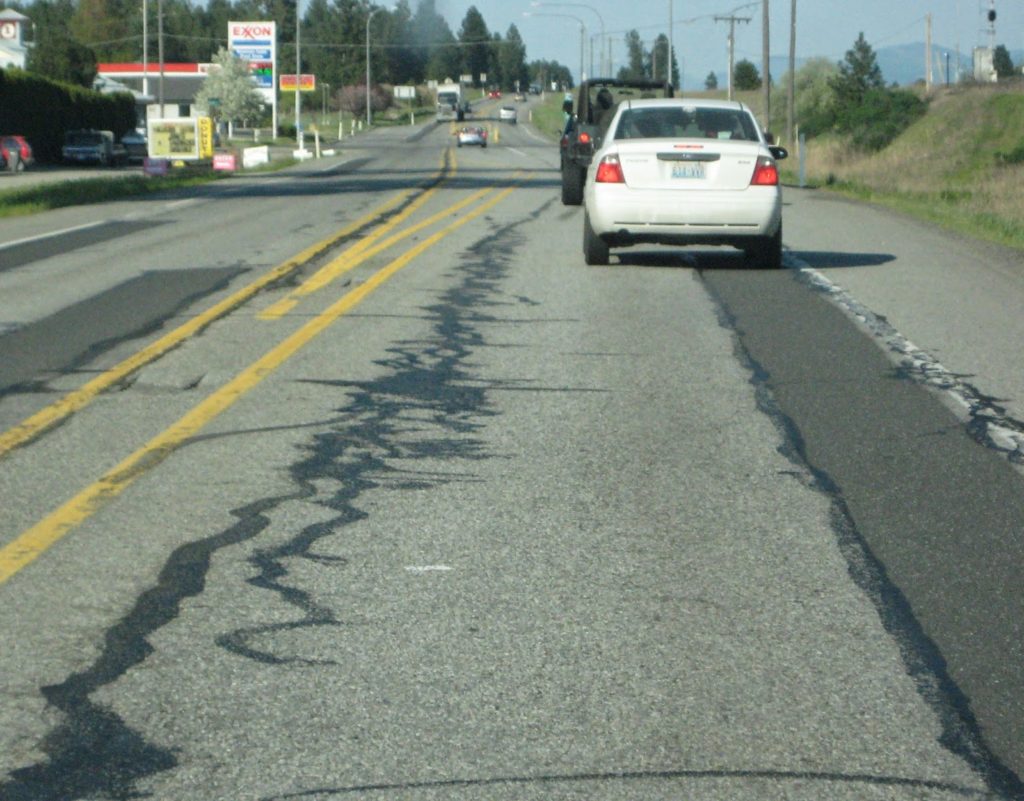 The Washington State Department of Transportation (WSDOT) is taking a new approach to preserving and paving highways, in response to dwindling preservation funds.
The Washington State Department of Transportation (WSDOT) is taking a new approach to preserving and paving highways, in response to dwindling preservation funds.
In the past, highways were resurfaced on a regular schedule with projects planned every 12 to 15 years,
depending on the location and condition. WSDOT crews inspected pavements
annually, and projects were set up in sections several miles
long. The existing pavement was ground out to a depth between one
and two inches, for the full width of the roadway. New asphalt was then placed and the highway is good for another
decade or so.
With less and less money available for highway
resurfacing, the WSDOT needed to find additional ways to preserve state highways, according to an email sent out yesterday. So, they’re switching to what’s called “strategic preservation.” Because most of the early
pavement failure issues begin as small segments, the idea is to repair them
first, delaying the programming of a multi-million dollar project over long
sections of state highways. WSDOT engineers review the highway pavements
every year, look for small segments of failing pavement, create a list of locations, then paves just those locations, rather than multiple miles of roadway as in the past.
WSDOT maintenance crews patch small asphalt problems, such as potholes, on a
regular basis, but strategic paving is a more extensive fix. Once fixed, the full width paving job is delayed, allowing those dollars
to be used elsewhere in the system where the small repairs are no longer
practical. A small pavement grinding machine is used to remove the top
layer of asphalt in narrow strips. A fresh layer of
hot mix asphalt is placed in the segment then compacted with a small roller
until it is even with the surrounding surface.
Repairing these small segments at a minimal cost allows WSDOT to defer the cost of
the larger project for two or three years, or longer.

